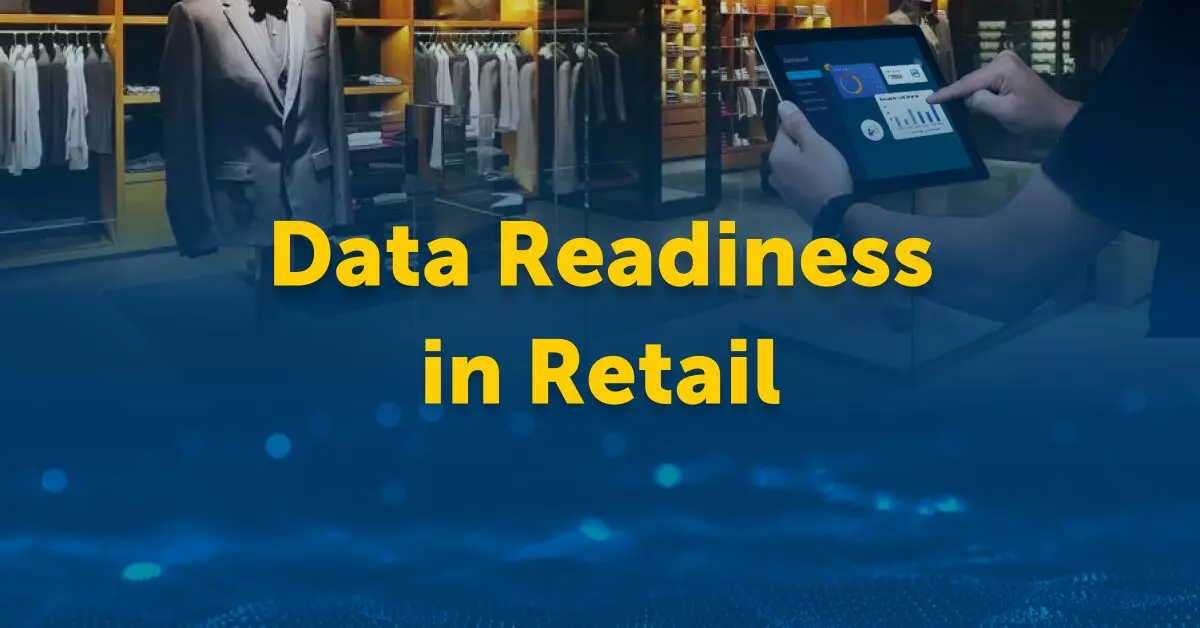Browse Our Glossary
Browse Our Glossary
Deep Learning
The global deep learning market, valued at $17.6 billion in 2023, is projected to reach $298.38 billion by 2032, with a CAGR of 36.7% (2024-2032).
What is Deep Learning?
Deep Learning is a branch of artificial intelligence that imitates the way the human brain works to process information. It is a subfield of machine learning that uses artificial neural networks with multiple layers, called deep neural networks. Deep learning excels at managing complex and unstructured data, such as images, text, and audio. By analyzing this data, deep learning models can learn to recognize patterns and relationships that would be difficult or impossible for humans to implement explicitly.
How does Deep learning work?
Deep learning algorithms aim to mimic how the human brain works by using artificial neural networks to learn from vast amounts of data and adjust parameters to minimize prediction errors. It processes data using layers of interconnected nodes, applying non-linear transformations to extract features. Deep learning excels at learning complex patterns from large datasets and finds applications in various fields like image recognition, fraud detection, and autonomous driving.
Why is Deep Learning important?
Deep learning can process large amounts of data and detect complex patterns in the data, making it good at things like image recognition and speech recognition. As more data is fed into the deep learning system, it improves and grows in specific use cases
Deep learning vs. Machine learning
Machine learning is a subset of artificial intelligence that relies on human-engineered features and various algorithms to learn patterns from data. These algorithms are often simpler in structure, effectively handle smaller datasets, and require significant human effort.
Deep learning is a subset of machine learning that leverages deep neural networks to automatically learn complex patterns from raw data. It uses multi-layered neural networks without requiring explicit feature engineering to produce a result. These networks excel at detecting complex patterns within massive datasets.
Current applications of Deep learning
Companies across industries are applying deep learning models to cater to a wide range of use cases. Below are some of the many applications of deep learning in the real world.
Healthcare: The healthcare industry has benefited significantly by leveraging deep learning algorithms in various aspects of healthcare. Deep learning algorithms are being applied in areas such as medical image interpretation, predictive analytics for patient care, drug discovery, and development.
Financial Services: Fraud is an increasing concern in many industries, but it is particularly prevalent among financial institutions. Deep learning can be used for fraud detection, risk assessment, and customer service automation. By analyzing vast amounts of transactional data, deep learning models can identify fraudulent activities, assess credit risk, and enhance custom experiences.
Media and Entertainment: Deep learning transforms the media and entertainment industry by enabling content personalization, creation, and protection. From recommending personalized content to enhancing images and videos, deep learning technologies drive user engagement and safeguard intellectual property rights in the digital age.
Customer Service: Deep learning transforms customer service by enabling virtual assistants and chatbots that offer personalized assistance and automate customer interactions. By leveraging natural language processing and speech recognition, these AI-driven systems enhance response times, improve efficiency, and elevate the overall customer experience.
Leveraging Deep Learning with Fusemachines AI
Fusemachine enables organizations to harness the power of deep learning with innovative AI solutions. Our offerings, including prebuilt products like fraud detection, answer generation, and Xtract, as well as our AI Studio platform, empower enterprises to create tailored AI engines and achieve seamless integration. By leveraging our advanced technologies, businesses can accelerate growth, optimize operations, and drive innovation.
Recommended Pages
- AI in Banking
- AI in Consumer Packaged Goods (CPG)
- AI in Energy
- AI in Finance
- AI in Fintech
- AI in Healthcare
- AI in Insurance
- AI in Legal Services
- AI in Life Sciences
- AI in Media and Entertainment
- AI in Retail
- AI in Technology
- Anomaly Detection
- Automation
- Big Data
- Contextual Adaptation
- Conversational Agents
- Data Analytics
- Data Annotation
- Data Engineering
- Data Science
- Demand Forecasting
- Dynamic Pricing
- Edge Computing
- Ethical AI
- Explainable AI (XAI)
- Fraud Detection
- Generative AI (GenAI)
- Hyper Personalization
- Image Recognition
- Information Extraction
- Large Language Models (LLM)
- Machine Learning
- Natural Language Processing (NLP)
- Neural Networking (NN)
- Predictive Analytics
- Recommendation Engine
- Self-Directed Agents
- Virtual Assistants


